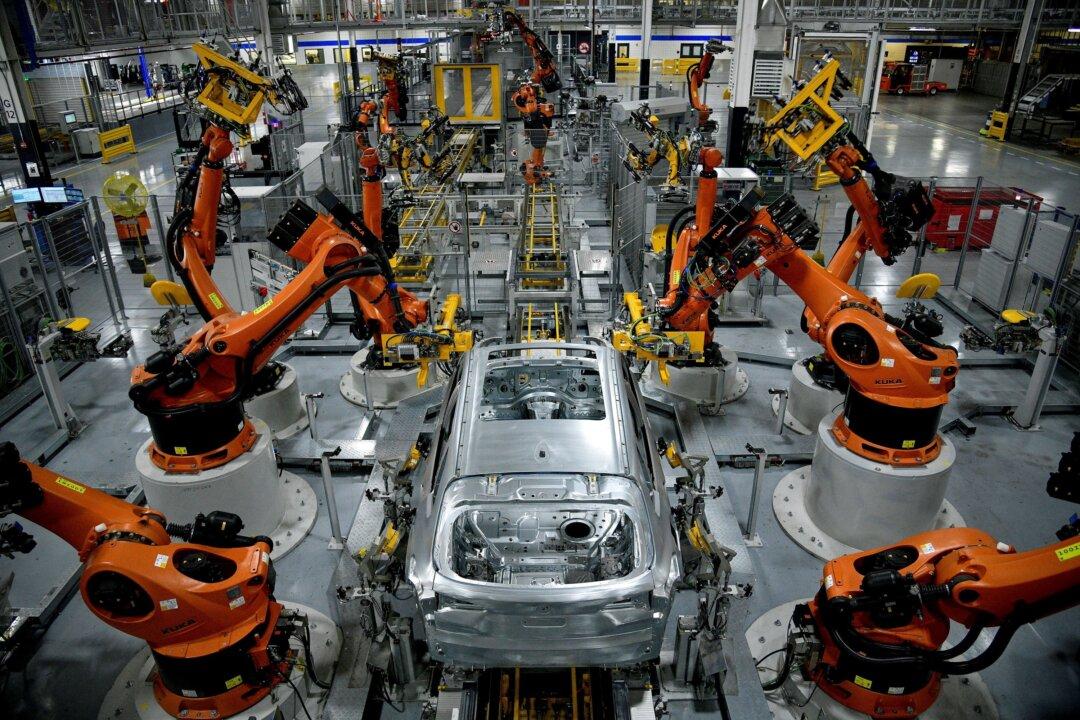Orders of robots increased 40 percent in the first quarter of 2022, amid soaring inflation and labor shortages, according to a new report by the robotics industry’s trade group, the Association for Advancing Automation (A3).
According to the report, which was first cited by The Wall Street Journal, orders for workplace robots in North America rose by 40 percent in the first three months of the year compared to the same period in 2021.





